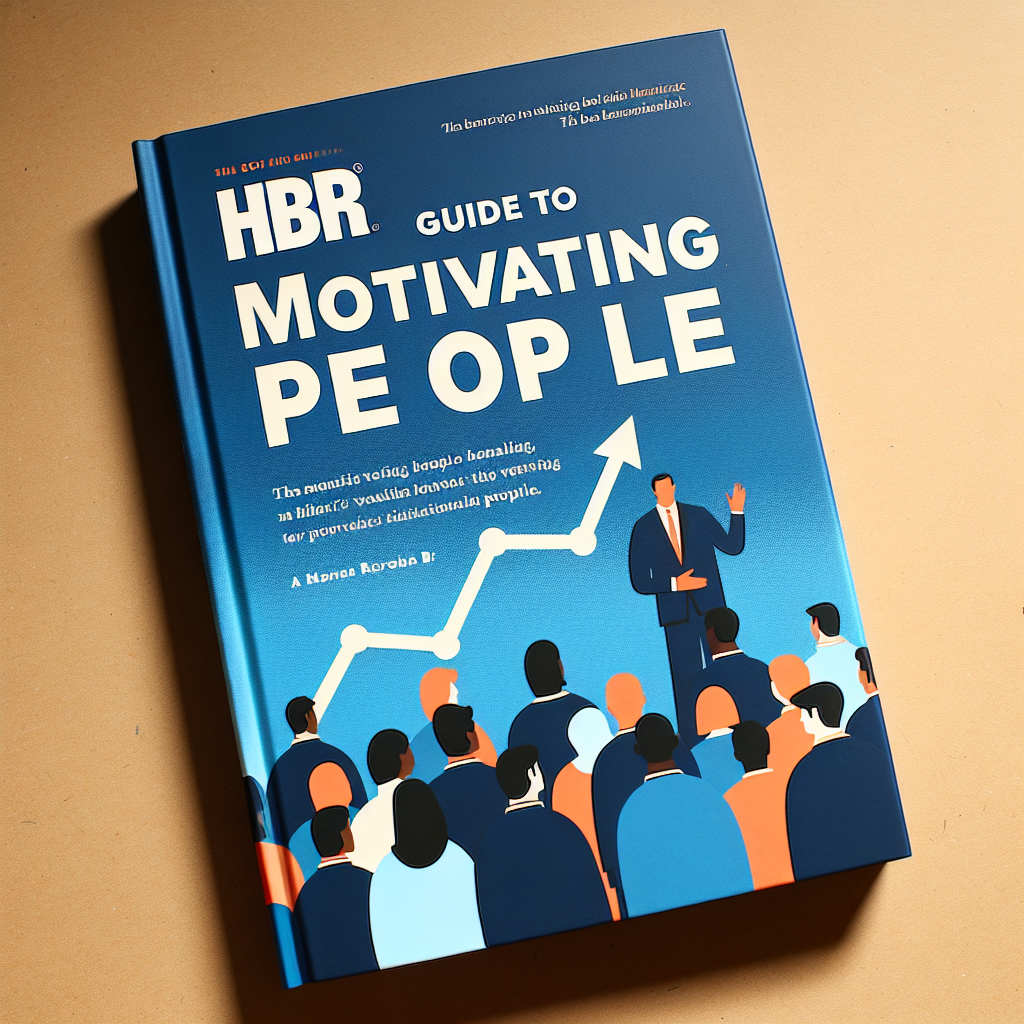New Venture Valuation Explained - Key Methods & Strategies for Startup Success | Entrepreneurial Finance

Welcome to our first lecture on Entrepreneurial Finance, where we'll focus on the valuation of new ventures. Unlike established companies, new ventures face unique challenges that require specialized valuation methods. Today, we’ll explore the differences in valuing new ventures, the methodologies used, and the rationale behind these approaches.
What Makes New Venture Valuation Different?
Valuing new ventures is distinct due to several factors:
-
Higher Risks and Uncertainty: New ventures typically carry higher risks and uncertainties compared to established firms. This is due to the unpredictability of their market success, product development, and financial sustainability.
-
Potential for Higher Rewards: While the risks are higher, the potential rewards can be significant. This introduces the concept of option values, where the possibility of exponential growth is a key consideration.
-
Importance of Exit and Liquidity: Unlike mature companies, where continuous operations and profitability are primary concerns, the exit strategy and liquidity events, such as IPOs or acquisitions, are crucial for new ventures. These factors greatly influence valuation.
-
Beyond Go/No-Go Decisions: The valuation process in new ventures is not just about deciding whether to proceed with an investment; it also involves continuous evaluation and adjustment as the venture develops.
Valuation Approaches for New Ventures
Several methodologies are employed in valuing new ventures, each with its strengths and weaknesses:
- Discounted Cash Flow (DCF)/Adjusted Present Value (APV)
- APV over WACC: Traditional methods like Weighted Average Cost of Capital (WACC) are less effective due to the complex capital structures of new ventures, which often involve hybrid securities. APV is preferred as it accounts for changing capital structures and tax shields.
-
Steps in APV:
- Calculate Free Cash Flows (FCFs) to an all-equity firm until the company reaches a "steady state."
- Discount these FCFs at the discount rate of an all-equity firm.
- Calculate the Terminal Value based on the perpetuity of FCFs.
- Value tax shields separately and discount by an appropriate rate.
- The sum of these gives the Enterprise Value, from which debt is subtracted to determine Equity Value.
-
Venture Capital Method
-
This method is more intuitive and is based on expected future sales or earnings. It involves estimating the exit value at a future date (e.g., at an IPO or sale) and discounting it back to the present to determine the venture's current value.
-
Real Options
- Recognizes the value of flexibility in decision-making as new information becomes available, allowing for better risk management in dynamic environments.
Case Study: Medical Diagnostics, Inc.
Let's look at an example to better understand the APV approach:
- Scenario: Medical Diagnostics, Inc. has a multi-year projection where revenue grows significantly, but the company incurs losses for the first few years. By year 5, the company turns profitable.
- Valuation Process:
- Calculate FCFs each year, discounting them at an appropriate rate (13% in this case).
- Determine the Terminal Value based on a conservative growth rate (e.g., 3% or 7%).
- Value tax shields separately due to early-year losses, impacting tax liabilities.
Key takeaways from this valuation include recognizing the importance of tax losses, the impact of terminal value on overall valuation, and the flexibility of the APV approach in handling complex scenarios.
Why Are Discount Rates So High in Venture Capital?
In venture capital, discount rates often range from 25% to 80%, much higher than what traditional financial models like the Capital Asset Pricing Model (CAPM) would suggest. The reasons include:
- Illiquidity of Investments: Private equity investments are less liquid than publicly traded stocks, warranting a higher discount rate.
- Value Addition by VCs: Venture capitalists (VCs) add value beyond capital by providing expertise, networks, and management support, which is often reflected in higher discount rates.
- Optimistic Forecasts: The inherently optimistic nature of projections in new ventures is often adjusted by applying higher discount rates.
Alternative Approach: Scenario Analysis
An alternative to using high discount rates is scenario analysis, where you model cash flows under different scenarios. This allows for a more nuanced understanding of risk and value, reducing reliance on "guessing" terminal values and accounting for the flexibility in changing strategies as new information arises.
Conclusion
Valuing new ventures requires a deep understanding of the unique risks, rewards, and financial structures involved. Whether using APV, the Venture Capital Method, or Real Options, the key is to adapt traditional valuation techniques to the specific needs of high-risk, high-reward entrepreneurial settings.
In our next lecture, we’ll delve deeper into real-world examples and explore how these methods are applied in different industries. Prepare for some hands-on exercises that will solidify your understanding of these concepts.






